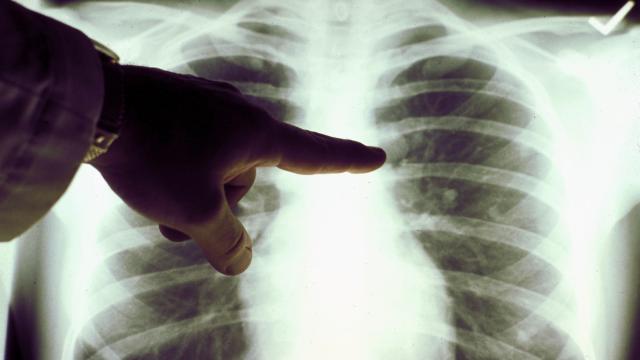A new report released Tuesday by the American Cancer Society provides some good news: Americans who had cancer in 2018 were less likely to die from it than they were a year earlier, continuing a steady decline in cancer mortality over the past 30 years. As hopeful as this trend is, though, there are still lower survival rates in different parts of the country and among Black Americans. Experts also worry that the covid-19 pandemic will end up erasing some of this progress.
The report is the latest in a long-running annual series conducted by the American Cancer Society. It relies on data collected by the federal government and states, including information from diagnosed cancer cases. This data is then used by the authors to estimate the upcoming year’s cancer diagnoses and deaths. This data takes time to be collected and fully analysed, which is why the most recent report only covers up to 2018.
The number of total cancer deaths in the U.S. tends to slightly rise annually, because of the growing population. But the chances of someone dying from their cancer — the cancer death rate, in other words — once again declined in 2018. Compared to 2017, cancer mortality shrunk 2.4% in 2018, the second straight year that saw a record drop in mortality. Since 1991, the overall death rate from cancer has decreased 31%, accounting for around 3 million deaths prevented during that time.
There are a few reasons for this continued decline, according to the authors. Over the past three decades, for instance, Americans have been smoking less and getting screened for cancer earlier. Improvements in treatment have helped too, particularly in recent years for a form of lung cancer known as non-small cell lung cancer. Although lung cancer remains the most common cause of death, these improvements have helped lower mortality from lung cancer more than any other cancer over the past five years.
Despite the successes, though, there are still underlying disparities in cancer care. The death rate in some states is far higher than others, such as Mississippi and much of the Southeast, likely reflecting the lack of access to health care suffered by many residents. And while the gap in cancer care between Black and white Americans has declined over time, it still exists. The average five-year survival rate of cancer among white Americans between 2010 and 2016 was 68%, for instance, compared to 63% for Black Americans. Thousands of women are also dying from cervical cancer annually, which is now almost entirely preventable through screening and the HPV vaccine — yet rates of vaccination (around 50%) among teenagers are still far below the near universal rates seen in other countries.
“While recent advances in treatment for lung cancer and several other cancers are reason to celebrate, it is concerning to see the persistent racial, socioeconomic, and geographic disparities for highly preventable cancers,” William Cance, chief medical and scientific officer of the American Cancer Society, said in a statement released with the report.
The report estimates that close to 1.9 million new cancer cases will be diagnosed this year and that 608,570 Americans will ultimately die from it. However, this estimate doesn’t take into account the covid-19 pandemic, which began in late 2019 and continues to rampage throughout the country and world. Studies and experts have warned that Americans’ access to cancer care has been affected by the pandemic, by reducing screenings or even delaying treatment. This may not only affect the cancer death rate in 2020, but the next few years, too.
“We anticipate that disruptions in access to cancer care in 2020 will lead to downstream increases in advanced stage diagnoses that may impede progress in reducing cancer mortality rates in the years to come,” said lead report author Rebecca Siegel in the ACS statement.
